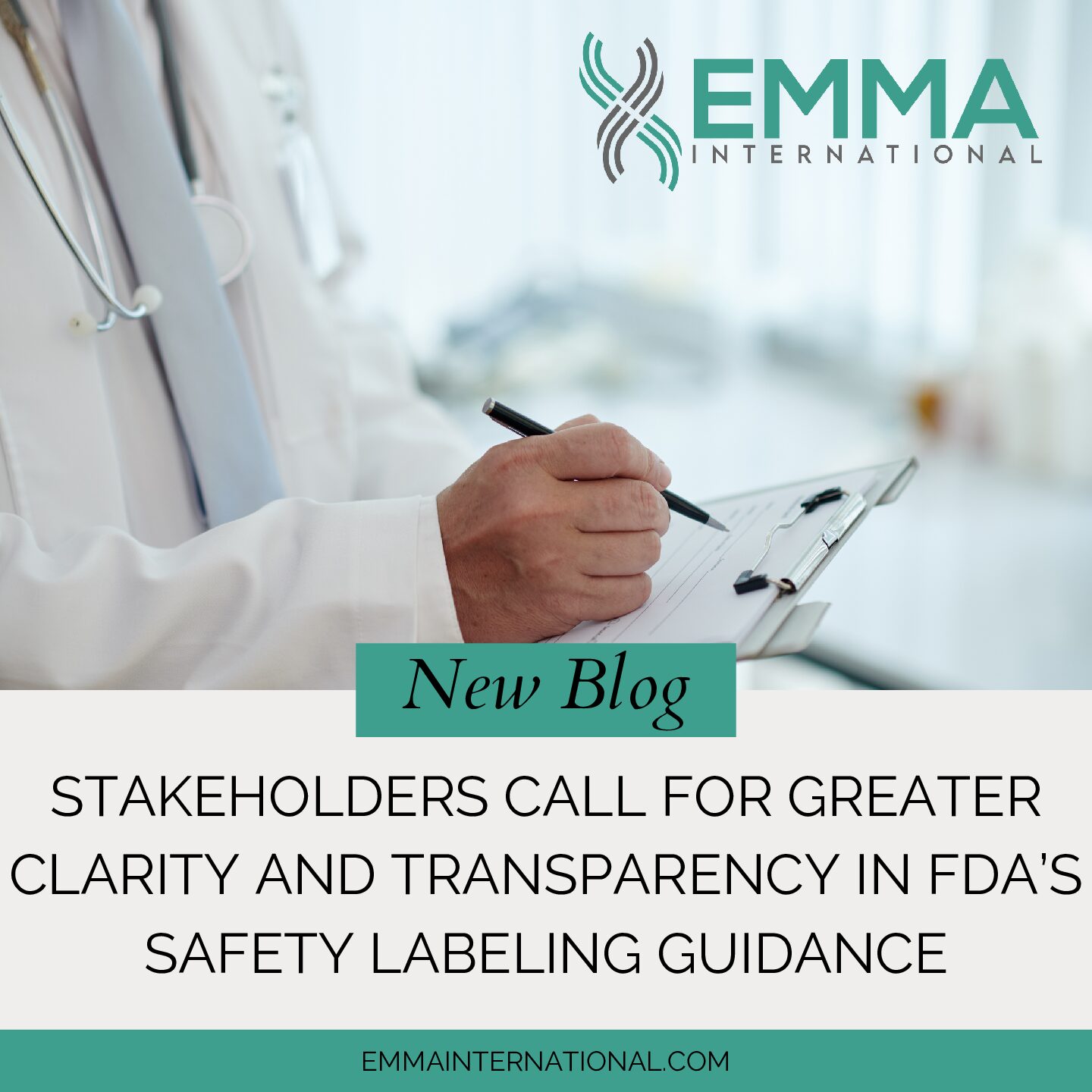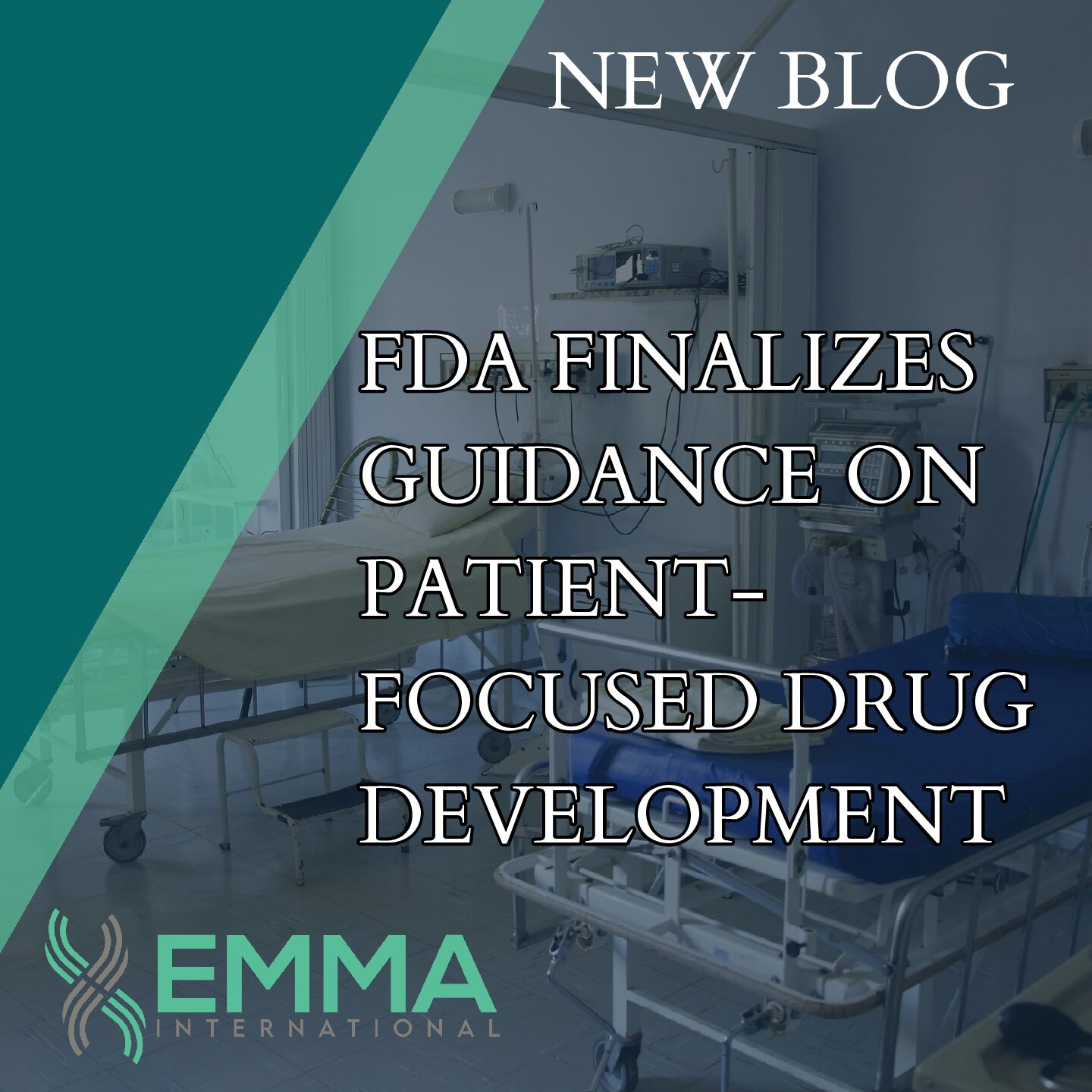Every June 14th, the World Health Organization (WHO) hosts World Blood Donor Day to raise awareness all over the globe for how crucial the need for safe blood is in the healthcare industry. In the US and Canada alone, 43,000 pints of blood are used each day for life-saving procedures and treatments.1 Blood is one of the most needed and important materials used in healthcare daily and is something that cannot be manufactured or replaced with an alternative. The shelf life for red blood cells is 42 days or less, while platelets need to be used within just 5 days. Donation is just the first step of the process all blood must go through before being ready to save lives.
After you give blood, all donations are sent for processing which will result in it being spun in a centrifuge to be split up between the transfusable components: red cells, plasma, and platelets.2 From there, those components are sent for testing where they go through dozens of tests for things such as Hepatitis, Zika Virus, and Human Immunodeficiency viruses as well as any abnormalities in the blood cell antibodies. This whole process takes less than 24 hours and once the donation passes all tests it is ready for distribution 24 hours a day, 7 days a week.
So much of today’s medical care is reliant upon blood donations and any shortages can have fatal consequences. One misconception about the use of blood donations is that it is only used for emergencies or surgeries, and this is very far from the case. While most trauma patients will require blood transfusions, that is only a fraction of its use. Some of the most common uses for blood transfusions are chronic illnesses such as sickle cell, anemia, or liver disease along with many others.3
Luckily as the healthcare industry keeps improving, so do blood banking and transfusion services. With many different standards they are required to follow, blood banking is getting safer as time goes on. Is your medical device involved with blood, gene, or cell therapies? Make sure you are complying with all standards by calling EMMA International today at 248-987-4497 or visiting www.emmainternational.com to learn about some of the new standards in place post-COVID.
1Community Blood Center (2021) Blood Facts retrieved on 6/9/2021 from: https://givingblood.org/about-blood/blood-facts.aspx
2American Red Cross (2021) What Happens to Donated Blood retrieved from 6/9/2021 from: https://www.redcrossblood.org/donate-blood/blood-donation-process/what-happens-to-donated-blood.html
3American Red Cross (2021) Who Can You Help by Donating Blood? Retrieved on 6/9/2021 from: https://www.redcrossblood.org/donate-blood/how-to-donate/how-blood-donations-help.html





